ACTIVE Transport
Moving towards walking, cycling and public transport.
We know that change happens through conversation and by connecting with like-minded people. We create opportunities for our community to build relationships through dialogue and values-led activities.
In each of our five sustainability themes we find the most appropriate form of intervention and either advocate, educate, take action or collaborate with others. In some cases we do them all. See below a gallery of the activities our volunteers get up to.
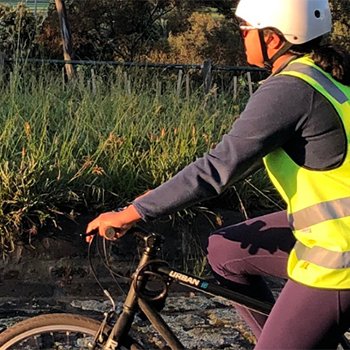
Moving towards walking, cycling and public transport.
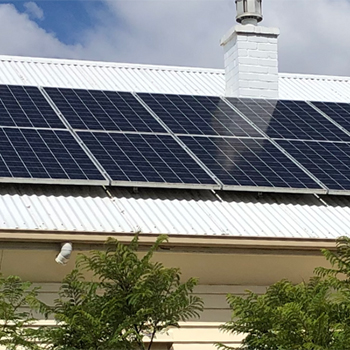
Powering our buildings and vehicles with clean energy.
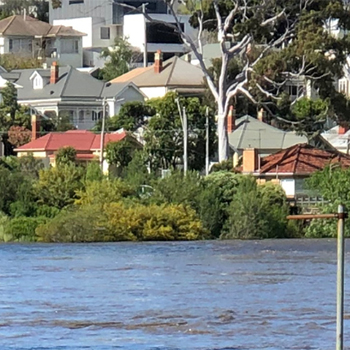
Keeping us safe and healthy as the temperature rises.
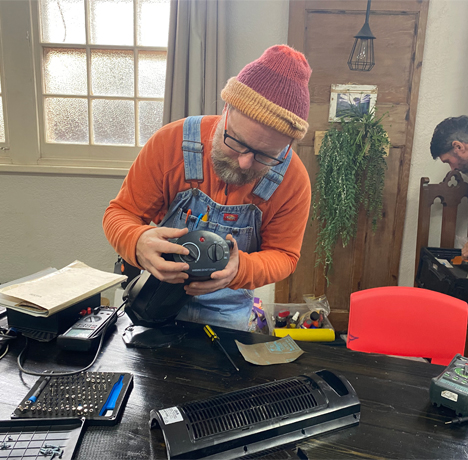
Reducing waste and increasing product stewardship.
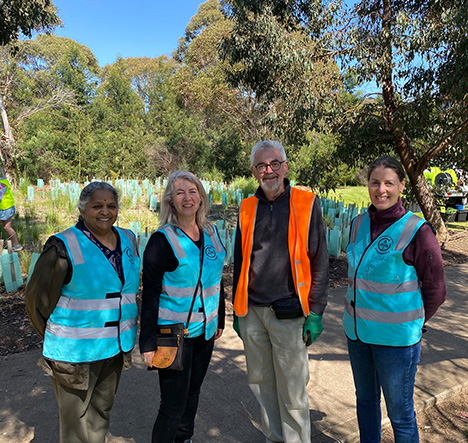
Regenerating, balanced and biodiverse ecosystems to sustain us.